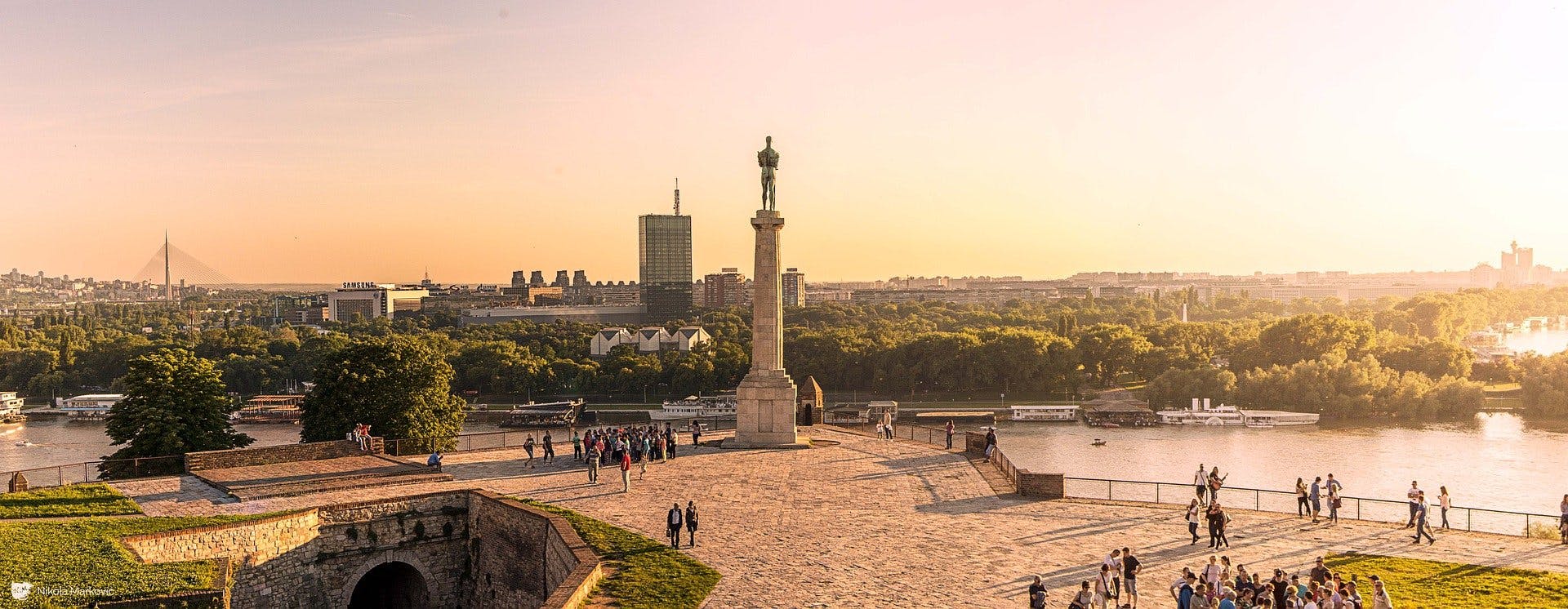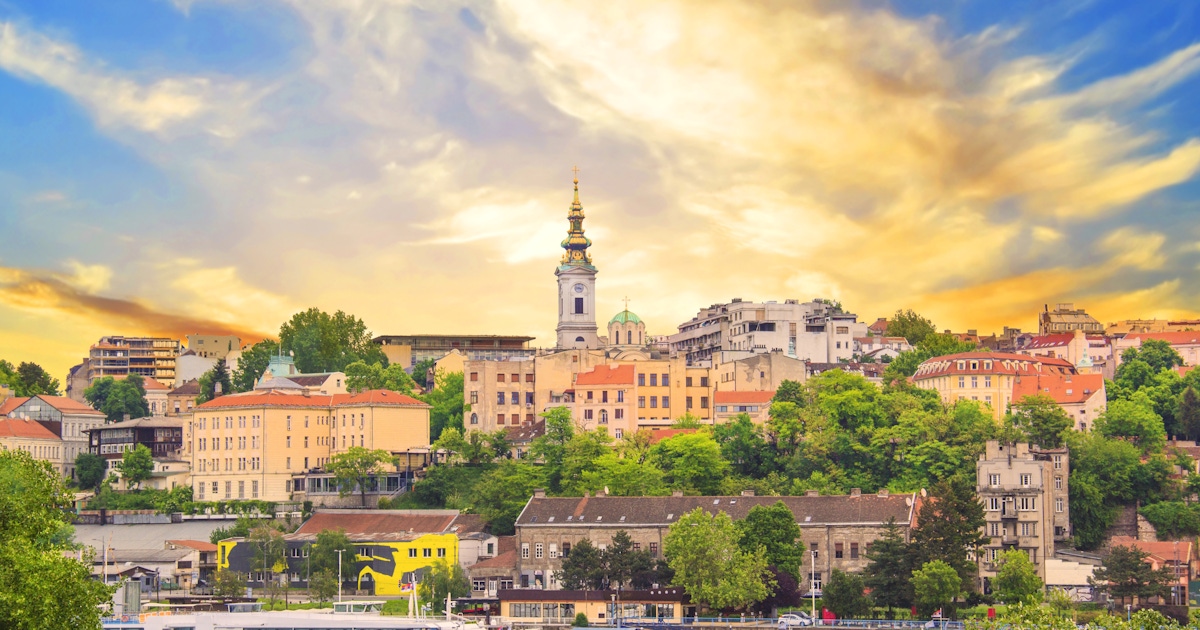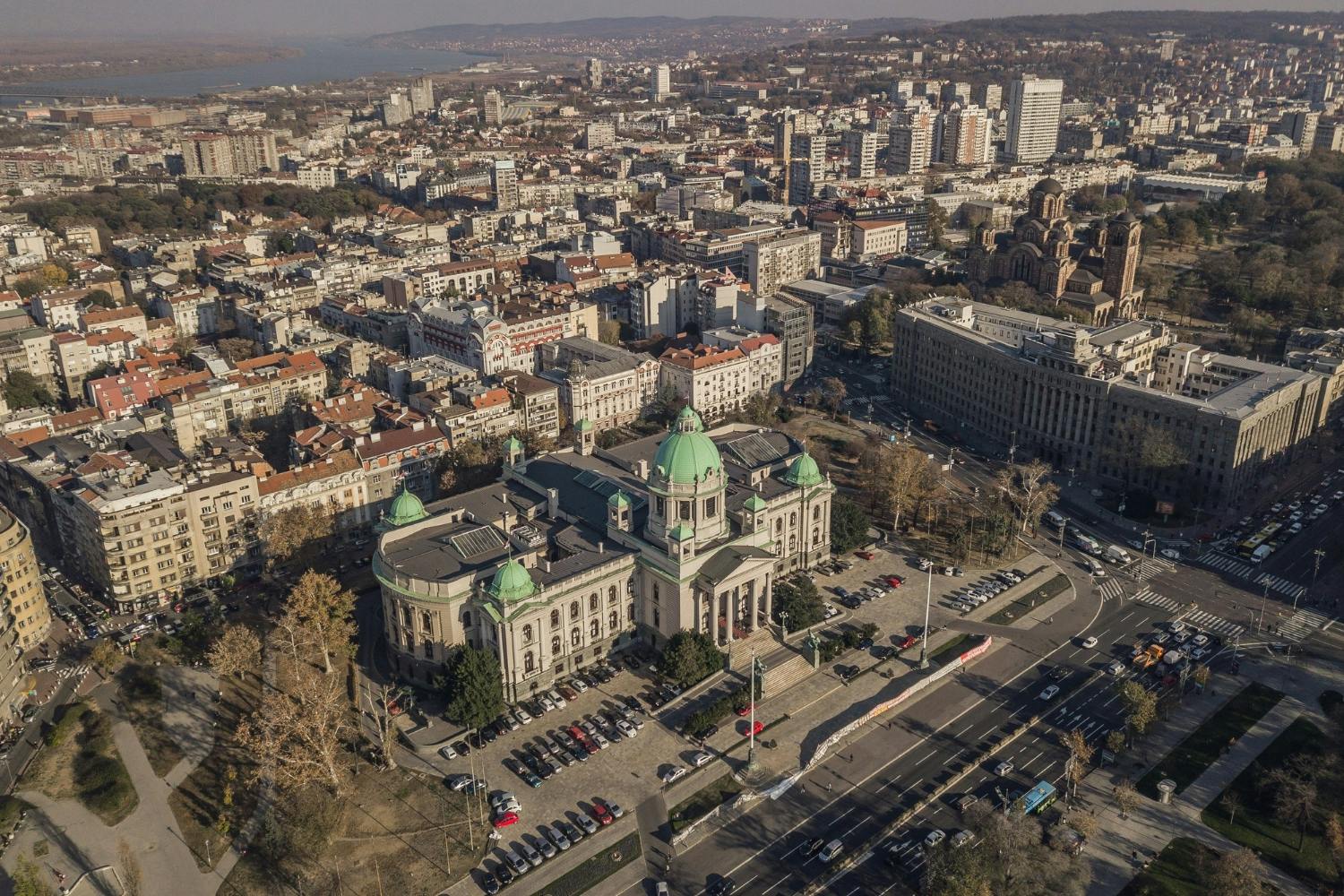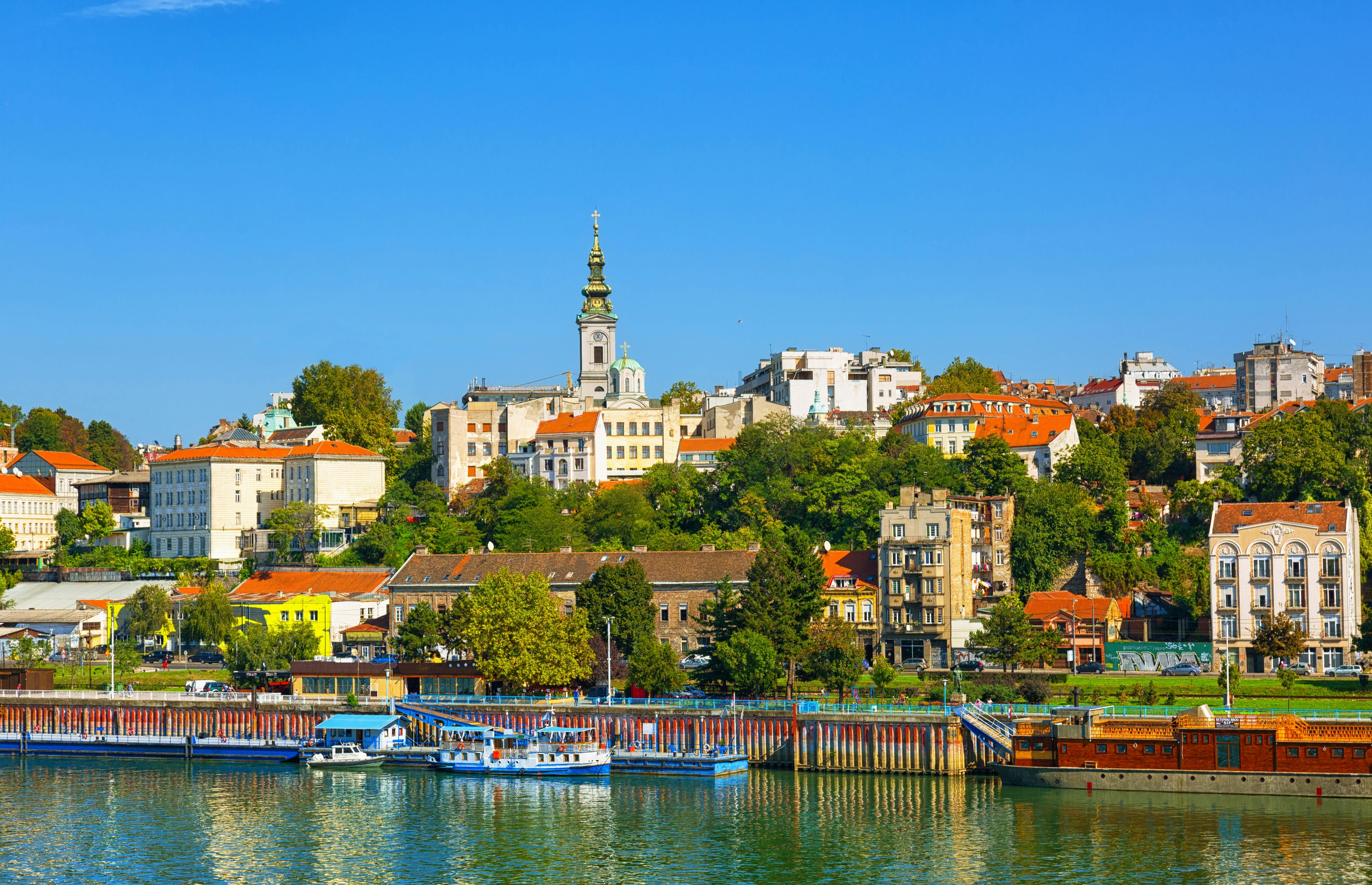An Overview of Belgrade’s Architectural Diversity
Belgrade, the vibrant capital of Serbia, is not only rich in history and culture but also boasts a stunning array of architectural styles. From medieval buildings to modern constructions, the city’s architecture reflects its complex past and dynamic present. The eclectic mix of influences, including Byzantine, Ottoman, and Austro-Hungarian styles, makes for an intriguing urban landscape that fascinates both residents and visitors alike.
Prominent Architectural Landmarks
Among the most notable structures is the iconic Church of Saint Sava, a magnificent Orthodox cathedral that dominates the skyline. Its towering dome and intricate mosaics attract admirers from all over the world. Another landmark is the Belgrade Fortress, which showcases the city’s historical significance, with its ancient walls and stunning views of the confluence of the River Sava and Danube. Furthermore, the modernist architecture of the Museum of Contemporary Art presents a striking contrast to the traditional styles prevalent in the city.
The Impact of Architecture on Belgrade’s Identity
The architectural landscape of Belgrade is a testament to the country’s cultural heritage and social evolution. Each structure tells a story, offering insights into the lives of its people and the eras they have lived through. Exploring the city’s diverse architectural sites allows both locals and tourists to appreciate the rich tapestry that is Belgrade’s architectural identity. In conclusion, whether you are drawn to historical monuments or contemporary designs, Belgrade’s architecture provides a captivating journey through time.




